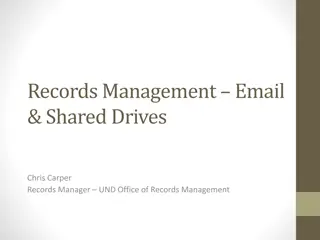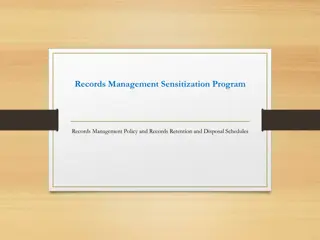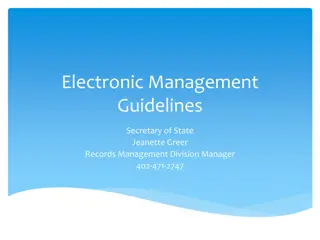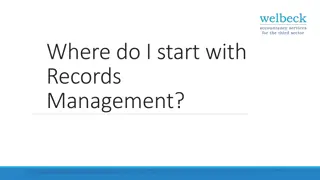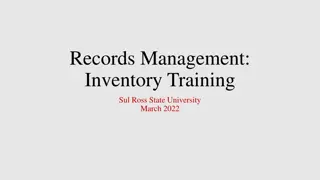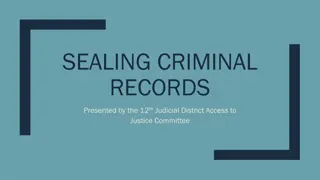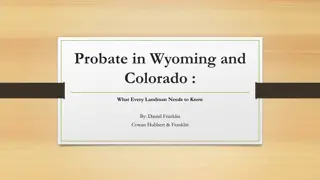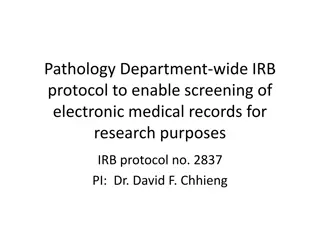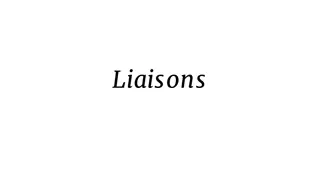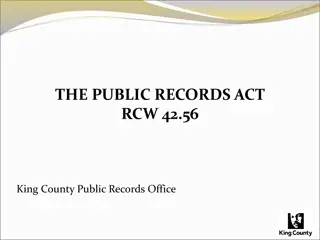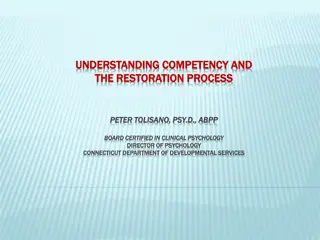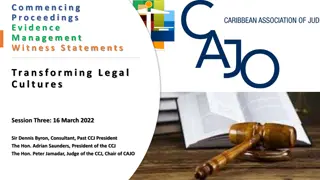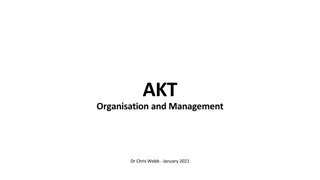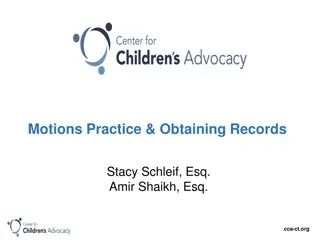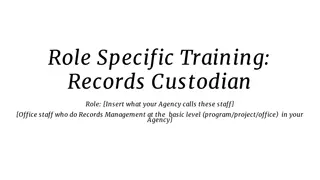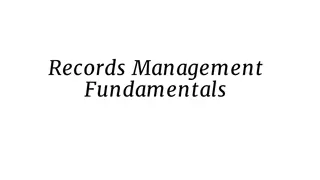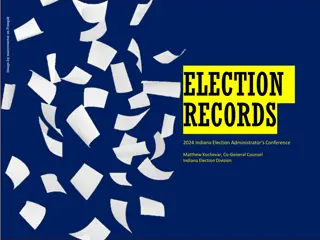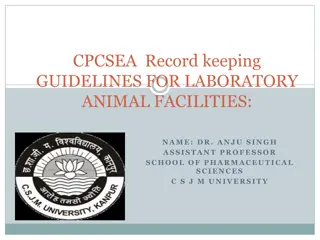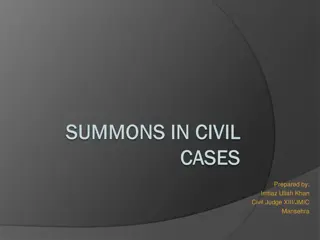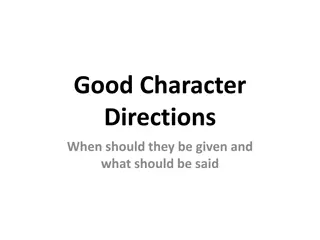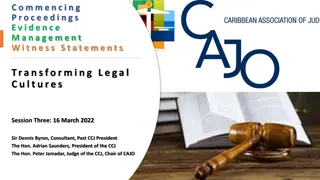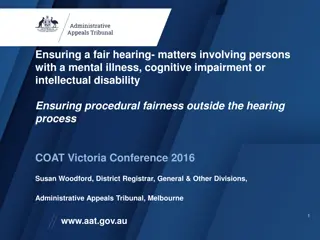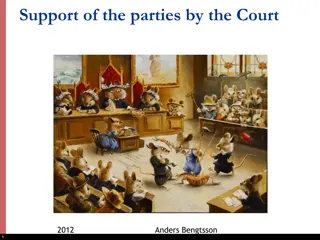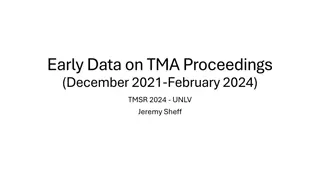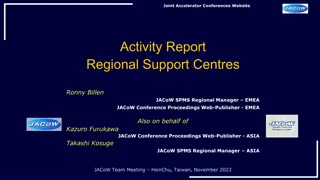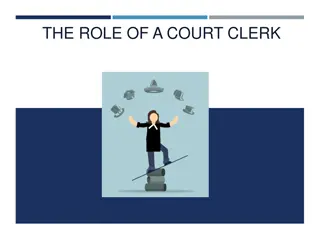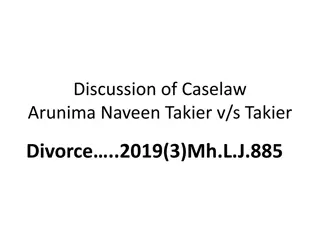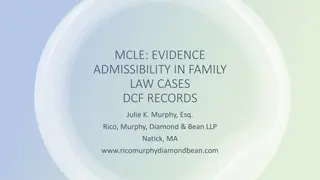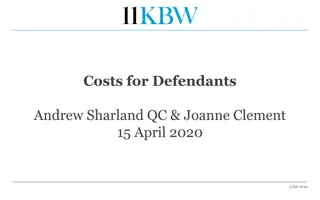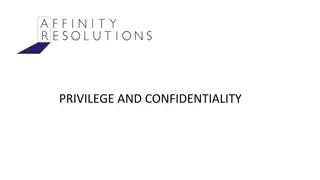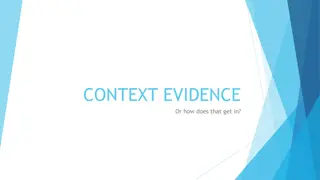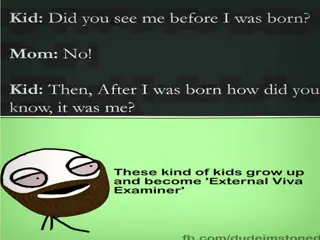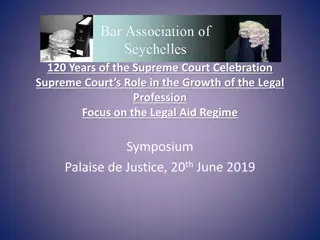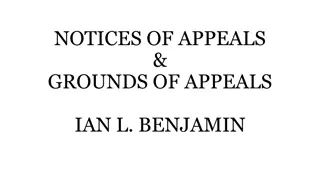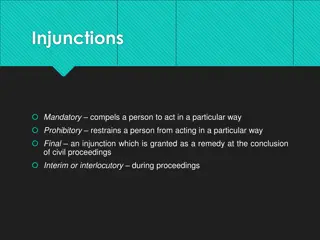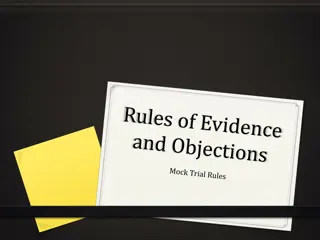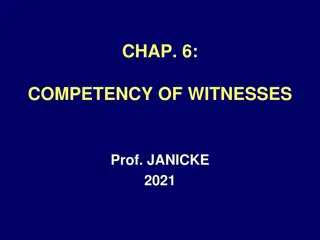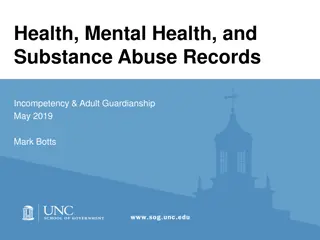Understanding Medical Records in Legal Proceedings
Medical records play a crucial role in legal cases as evidence, subject to rules like authentication and exceptions to hearsay. Exhibits such as ambulance reports and discharge summaries are commonly used. Hearsay exceptions like statements for medical diagnosis and treatment are allowed. Proper certification and notification protocols must be followed. The core of hearsay involves out-of-court statements offered as truth. Rules like Wis. stat. 908.03 and Rule 803 govern the admissibility of such evidence.
Uploaded on Sep 14, 2024 | 0 Views
Download Presentation

Please find below an Image/Link to download the presentation.
The content on the website is provided AS IS for your information and personal use only. It may not be sold, licensed, or shared on other websites without obtaining consent from the author. Download presentation by click this link. If you encounter any issues during the download, it is possible that the publisher has removed the file from their server.
E N D
Presentation Transcript
MEDICAL RECORDS Admissabilty: Hearsay exceptions Authentication Who can sponsor the evidence? What can it be used for? How to get it in? What to do with it? Raising broader issues
MEDICAL RECORD EXHIBITS: Exhibit D: Ambulance run report Exhibit E: Clearwater Hospital Discharge Summary Exhibit F: Clearwater Medical Group progress note
CASE STIPULATIONS 1. All of the exhibits are authentic and the authenticity of an exhibit is never at issue. Authentic exhibits are not necessarily admissible at trial. 5. This case is bifurcated as to liability and damages. Liability is being tried in this case; if Smid is successful, damages will be tried on a later date.
CASE STIPULATIONS 6. While certification pages were not provided, both sides agree that Exhibit D (ambulance report), Exhibit E (hospital report), and Exhibit F (prior medical report) were properly certified. Additionally, both parties provided proper pretrial notification regarding the use of Exhibits D, E, and F under Rule 803(6m).
At its core, hearsay is nothing more than: A statement Made out of court Being offered as the truth
Sammy Smid I have been diagnosed with a seizure disorder.
Wis. stat. 908.03 These exceptions are generally utterances made contemporaneously with some physical perception or experience (present sense impression, excited utterance, etc.), or Records that document some benign or non-controversial event, or reputable publications (marriage records, birth certificates, learned treatises, etc...)
Rule 803 The following are not excluded by the hearsay rule, even though the declarant is available as a witness
803(4) (4) Statements for purposes of medical diagnosis or treatment. Statements made for the purpose of medical diagnosis or treatment.
(6m) Patient Health Care Records. Authentication witness unnecessary. A custodian or other qualified witness required by sub. (6) is unnecessary if the party who intends to offer patient health care records into evidence at a trial or hearing does one of the following at least 40 days before the trial or hearing: i. Serves upon all appearing parties an accurate, legible and complete duplicate of the patient health care records for a stated period certified by the record custodian. ii. Notifies all appearing parties that an accurate, legible and complete duplicate of the patient health care records for a stated period certified by the record custodian is available for inspection and copying during reasonable business hours at a specified location within the county in which the trial or hearing will be held. Presumption. Billing statements or invoices that are patient health care records are presumed to state the reasonable value of the health care services provided and the health care services provided are presumed to be reasonable and necessary to the care of the patient.
CASE STIPULATIONS 6. While certification pages were not provided, both sides agree that Exhibit D (ambulance report), Exhibit E (hospital report), and Exhibit F (prior medical report) were properly certified. Additionally, both parties provided proper pretrial notification regarding the use of Exhibits D, E, and F under Rule 803(6m).
WHY?? Hakenkord v. State, 100 Wis. 2d 452 (1981) In respect to the hearsay rule, a hospital record clearly falls within the category of evidence that is so reliable that no only factual observations recorded in hospital records but medical opinions and diagnosis may be admitted into evidence upon compliance with the procedural rules even though the declarants, the makers of the records, are available for cross examination.
Hearsay and experts 703 allows an expert to rely on otherwise inadmissible evidence to formulate opinions. HOWEVER That evidence must be the kind regularly relied upon by experts in their field. Is it??
Common mistakes in offering exhibits Not adequately explaining to the jury what it is Ignoring the exhibit after admission Not using the exhibit with other witnesses as warranted Not referencing to the exhibit in closing
Raising Broader Issues Support the broader goals of mock trial as a program: Better understanding of not only how the legal system works, but why Spark discussion of moral and societal issues How the case relates to real life current events Teaching critical thinking skills that translate to other areas of life
Raising Broader Issues The Ferguson case Frank Jude Burden of Proof: civil vs. criminal Simpson trial, not guilty but found civilly responsible What is the rationale behind certain rules Guest speaker? Solutions?



